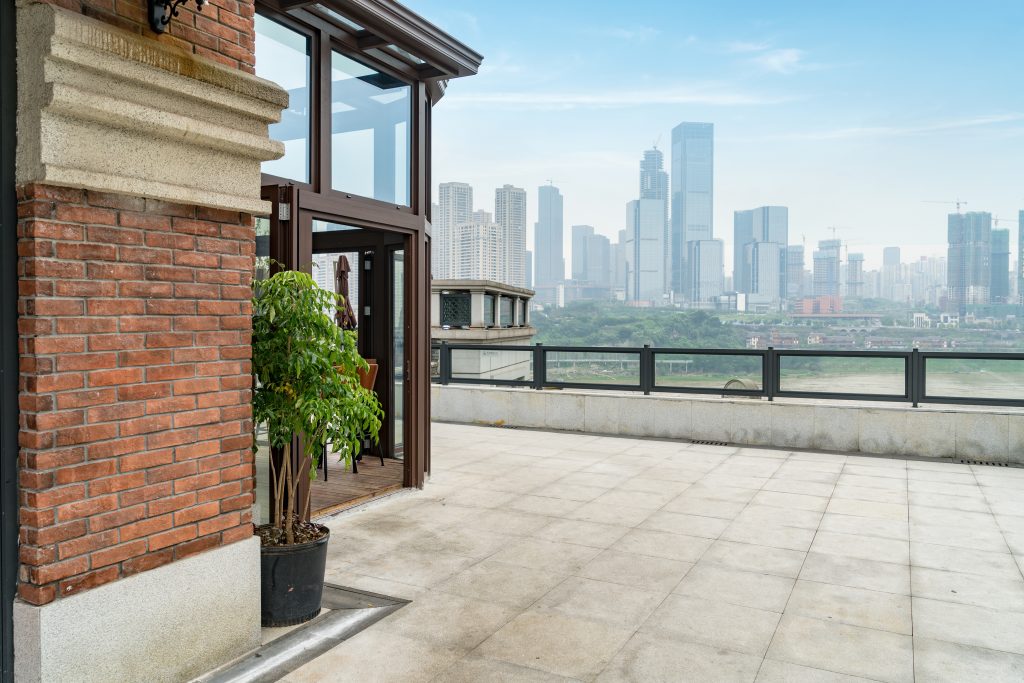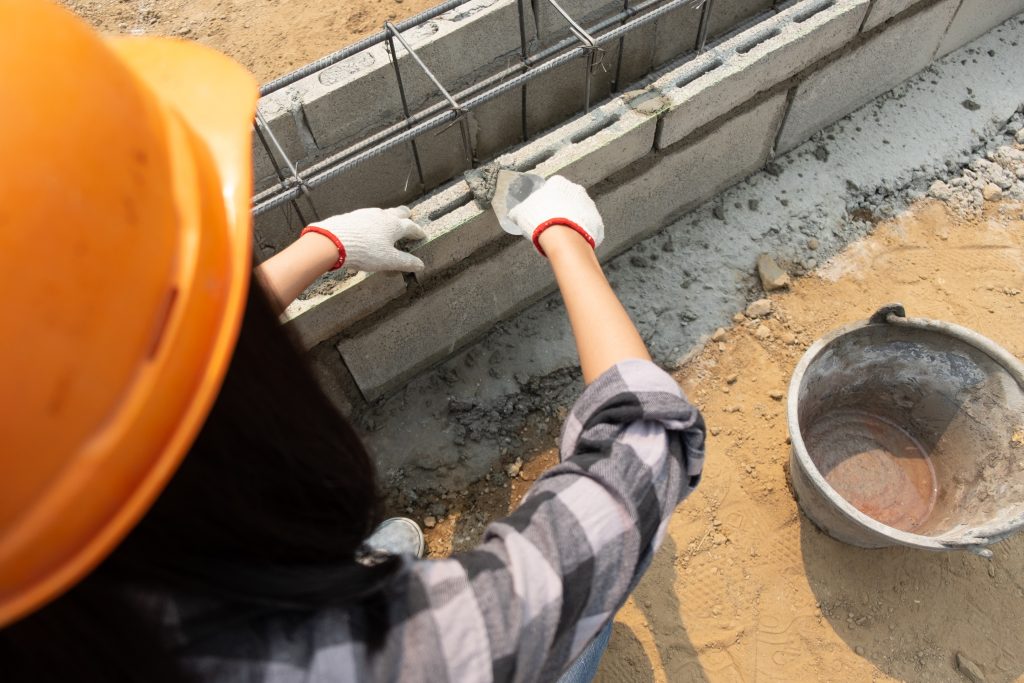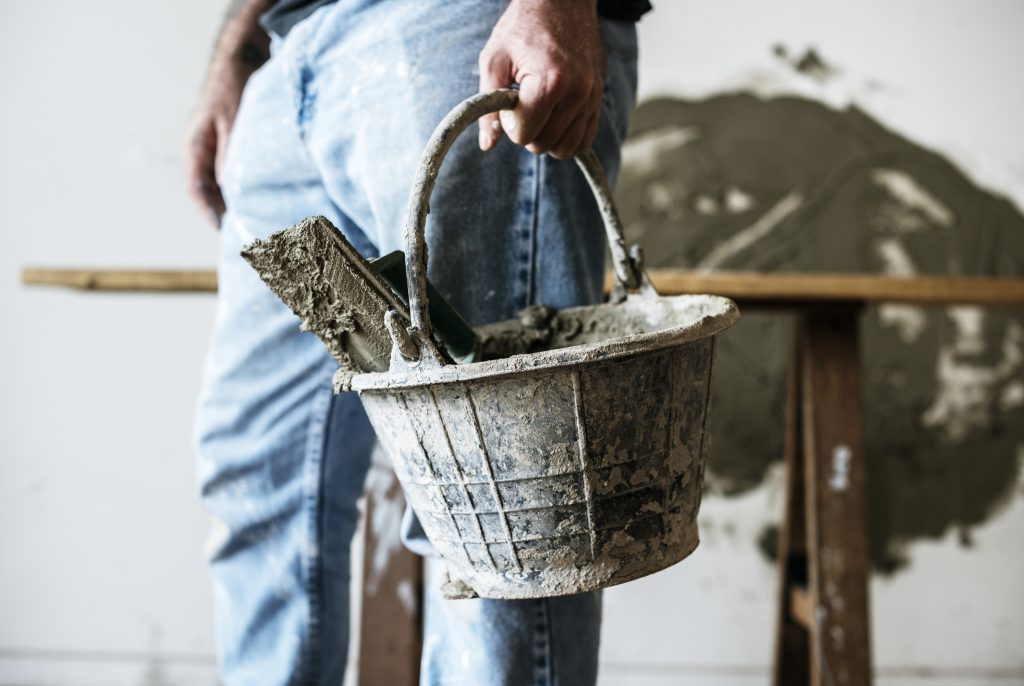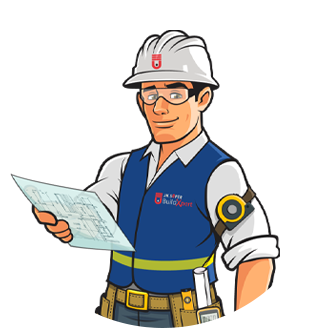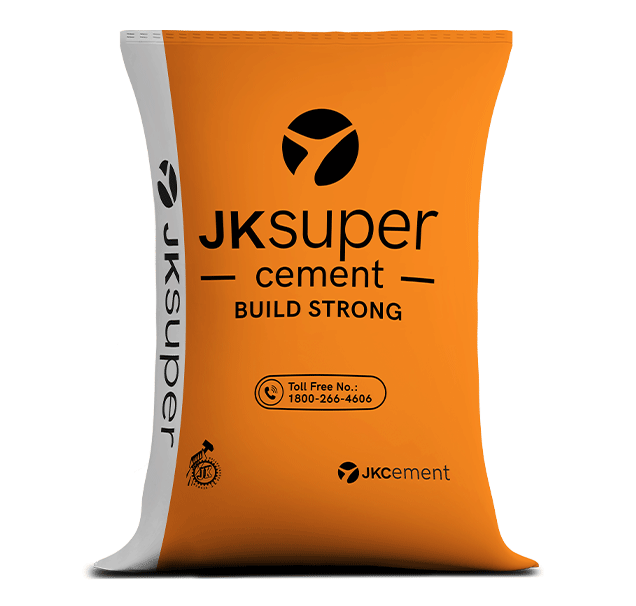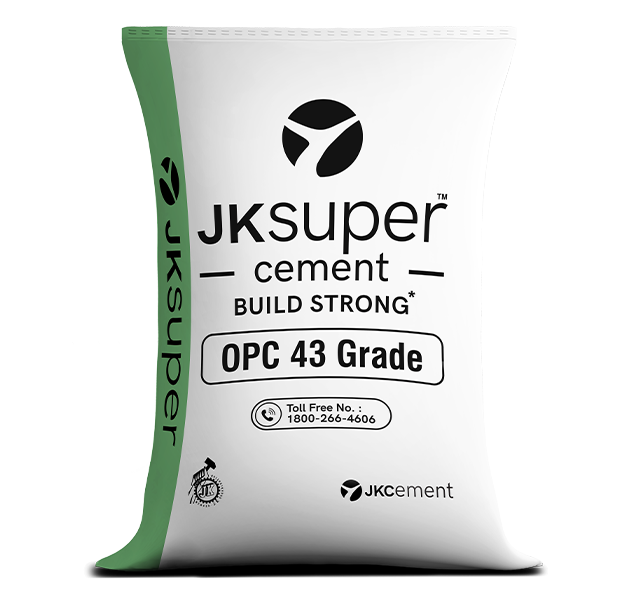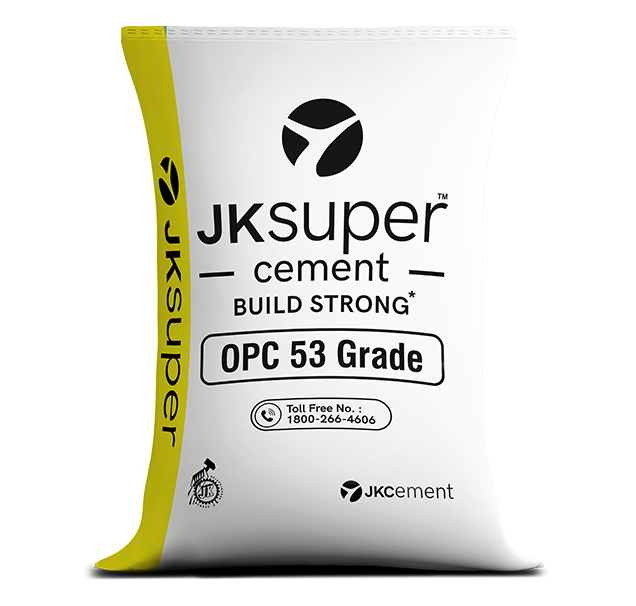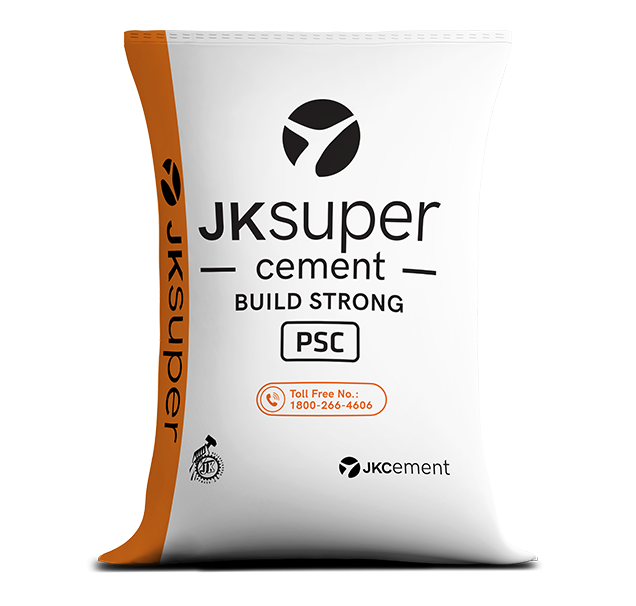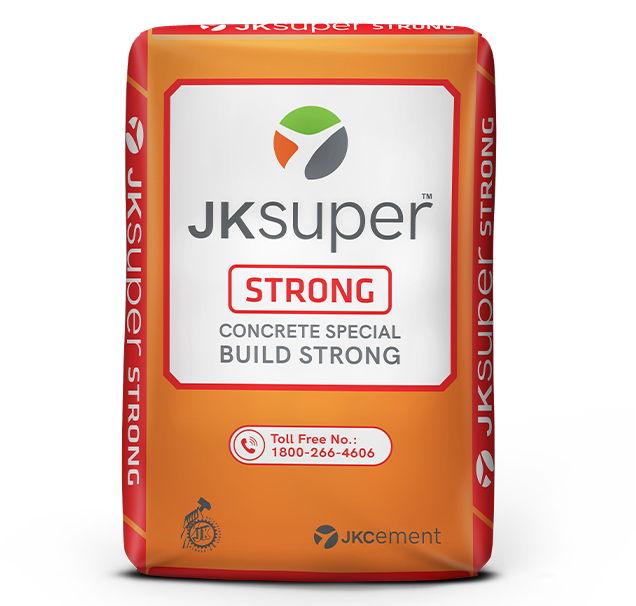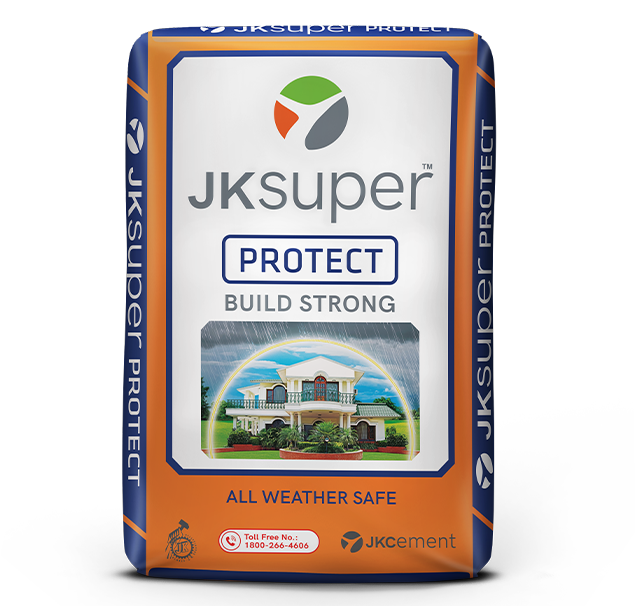In India’s diverse climate, terraces are exposed to a range of weather conditions, from heavy monsoons to scorching heat. Over time, this exposure can lead to water leakage, cracks, and structural damage. Terrace waterproofing becomes essential to protect your building from such issues, ensuring the longevity of your structure. This article explains the importance of terrace waterproofing, the key considerations, and the best terrace waterproofing solutions available.
What is Terrace Waterproofing?
Terrace waterproofing is the process of applying a protective layer to the terrace surface to prevent water seepage and damage. It involves the use of specialised materials that create a barrier, preventing water from penetrating the surface and causing issues like leaks, mold, and structural degradation. Effective waterproofing ensures that your terrace remains resilient against the elements, maintaining its structural integrity.
When Should You Consider Terrace Waterproofing?
Roof waterproofing should be considered:
1. During Construction:
Waterproofing your terrace during the initial construction phase is ideal. It ensures that the building is protected from the start, reducing the risk of future damage.
2. Before the Monsoon Season:
If your building is in a region with heavy rainfall, it is advisable to waterproof your terrace before the monsoon season. This proactive approach helps prevent water seepage during the rains.
3. When You Notice Signs of Water Damage:
If you observe signs like water stains, mould, dampness, or cracks on your terrace, it is time to consider waterproofing. These are indicators that water has already started to seep in, and immediate action is required.
4. During Renovation:
If you are renovating your home, it is a good opportunity to waterproof your terrace. This not only protects the new construction but also enhances the longevity of the existing structure.
Key Points to Consider While Waterproofing for Terraces
1. Type of Terrace Surface:
The type of surface plays a crucial role in determining the waterproofing solution. Different surfaces like concrete, tiles, or brick require specific waterproofing techniques.
2. Climate Conditions:
Consider the local climate when choosing waterproofing materials. In regions with high rainfall, a robust waterproofing solution is necessary to withstand heavy water exposure.
3. Drainage System:
An efficient drainage system is vital for terrace waterproofing. Ensure that water does not accumulate on the terrace, as stagnant water can lead to seepage and structural damage.
4. Quality of Materials:
The quality of waterproofing materials directly impacts the effectiveness and durability of the solution. Invest in high-quality products to ensure long-term protection.
5. Professional Installation:
Proper application is key to successful waterproofing. Hiring professionals with experience in roof waterproofing ensures that the job is done correctly, reducing the risk of future issues.
What are Some Waterproofing Solutions for Terraces?
1. Bituminous Waterproofing:
This is one of the most common terrace leakage solutions, where a bituminous membrane is applied to the terrace. It is durable and effective against water seepage, making it suitable for regions with heavy rainfall.
2. Polyurethane Waterproofing:
Polyurethane is a liquid-applied waterproofing solution that forms a seamless, elastic membrane over the terrace. It is ideal for terraces with cracks or irregular surfaces, providing excellent waterproofing.
3. Acrylic Waterproofing:
Acrylic coatings are flexible and UV-resistant, making them suitable for terraces exposed to sunlight. They form a protective layer that prevents water penetration while allowing the surface to breathe.
4. Cementitious Waterproofing:
This method involves applying a strong cement-based waterproofing compound to the terrace. It’s effective for both new and old structures and provides a durable, water-resistant barrier.
5. EPDM Rubber Waterproofing:
EPDM (Ethylene Propylene Diene Monomer) is a synthetic rubber material that offers excellent waterproofing properties. It’s resistant to UV rays, making it ideal for terraces in sunny regions.
6. Liquid Membrane Waterproofing:
Liquid membranes are easy to apply and create a seamless, flexible layer over the terrace. They are suitable for areas with complex shapes and surfaces, providing comprehensive waterproofing.
Use JK Cement’s expert guidance to protect your terrace.
How To Waterproof A Terrace?
1. Surface Preparation:
Clean the terrace surface thoroughly to remove dirt, debris, and any loose material before starting the waterproofing process. Repair any cracks or damaged areas to ensure a smooth base for the waterproofing material.
2. Application of Primer:
Apply a primer to the terrace surface. The primer helps the waterproofing material adhere better, enhancing its effectiveness.
3. Installation of Waterproofing Layer:
Depending on the chosen method, apply the waterproofing layer. This could be a membrane, coating, or liquid application. Ensure even coverage to prevent gaps.
4. Sealing Joints and Cracks:
Pay special attention to joints, corners, and any existing cracks. Use sealants or additional layers of waterproofing material to reinforce these vulnerable areas.
5. Curing:
Allow the waterproofing layer to cure properly. Curing times vary depending on the material used, so follow the manufacturer’s instructions for optimal results.
6. Final Inspection:
After curing, inspect the terrace for any missed spots or imperfections. Address any issues before considering the job complete.
7. Installing Protective Layer:
To enhance durability, consider adding a protective layer over the waterproofing material. This could be tiles, a concrete screed, or a reflective coating to protect against UV damage.
How Terrace Waterproofing Helps
Terrace waterproofing offers several benefits:
1. Prevents Structural Damage:
Water seepage can weaken the building’s structure, leading to cracks and potential collapse. Waterproofing protects the structural integrity of your building.
2. Reduces Maintenance Costs:
Waterproofing regularly reduces the need for frequent repairs, saving you money in the long run.
3. Improves Aesthetic Appeal:
Waterproofing prevents unsightly water stains, mold, and mildew, keeping your terrace looking clean and well-maintained.
4. Enhances Property Value:
A well-maintained, waterproofed terrace adds value to your property, making it more attractive to potential buyers.
5. Comfort and Health:
Waterproofing prevents dampness, which can lead to health issues like allergies and respiratory problems. A dry, well-protected home offers a more comfortable living environment.
Why Choose JK Cement?
JK Cement plays a crucial role in terrace waterproofing. Their range of specialised waterproofing solutions, such as JK Cement ShieldMaxX Super Protect Cement, provides superior protection against water damage. These products are designed to offer long-lasting performance, ensuring that your terrace remains leak-free and structurally sound for years. JK Cement’s expertise and high-quality products make them a trusted choice for waterproofing solutions in India.
By choosing the right waterproofing solutions, you can protect your property from water damage, reduce maintenance costs, and enhance the overall value of your home. With the help of JK Cement, you can ensure that your terrace remains resilient against the elements, providing you with peace of mind for years to come.
FAQs
How often should you waterproof your terrace?
It is recommended to waterproof your terrace every 5-10 years, depending on the quality of the materials used and the local climate conditions.
Should you waterproof your terrace yourself, or hire a professional?
While DIY waterproofing is possible, hiring a professional ensures that the job is done correctly and thoroughly, reducing the risk of future issues.
What is the cost of terrace waterproofing in India?
The cost varies depending on the method used and the size of the terrace.
Is terrace waterproofing necessary for new buildings?
Waterproofing new buildings during construction is important to prevent future water damage and ensure long-term durability.
Can waterproofing prevent heat from entering my terrace?
Some waterproofing solutions also provide thermal insulation, reducing heat absorption and keeping your terrace cooler.
